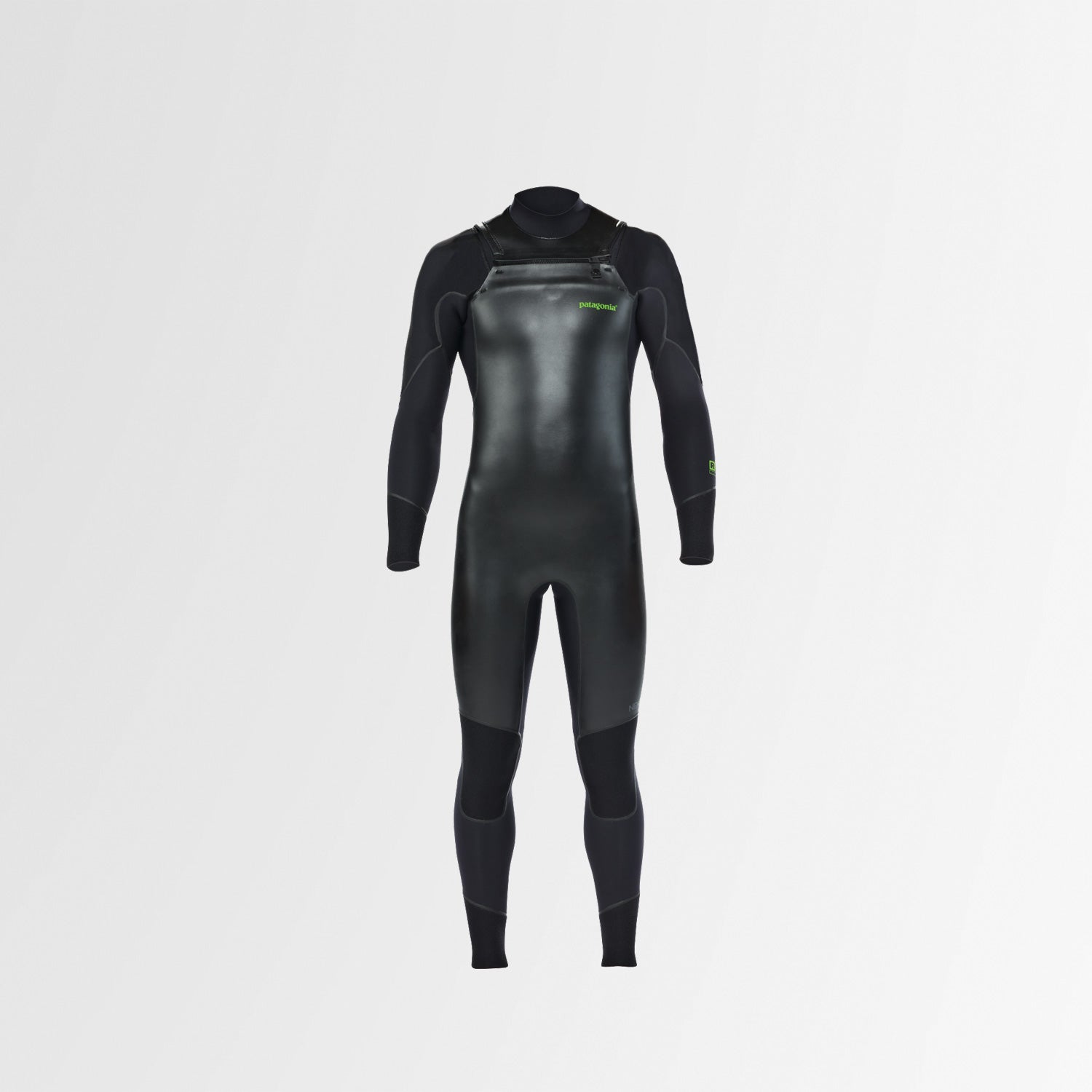One may not think about environmental sustainability when selecting a wetsuit, but Patagonia would like to change that. Their is made predominately out of plant-based biorubber.��
Most wetsuits are built from petroleum-based neoprene. But Patagonia’s biorubber is made from the guayule plant, a hearty desert shrub native to the Southwestern United States. Guayule rubber is softer than traditional wetsuit materials, and its production is “greener” than neoprene because it uses less water.
In addition to owning something that will make you feel good on the inside, the front-zipping works well, too, and is designed to keep you warm in 55 to 60-degree water temperatures (a 2.5-millimeter thickness throughout). Its big brother the is even toastier, with a 3.5-mil chest and 2.5-mil arms and legs that can take you as low as 48 degrees. And unlike traditional wetsuits, where you lose mobility the thicker you go, the softness of the biorubber gives you increased flexibility—a welcome feature when attempting those critical drops.
Finally, though Patagonia pioneered their biorubber and by all rights could squat on the patent, amazingly, they didn’t. Instead, they flung the doors open to the surf industry, making the tech available to all. Why? , “When more surfers can choose less harmful wetsuits, we all win.”
From $529,


